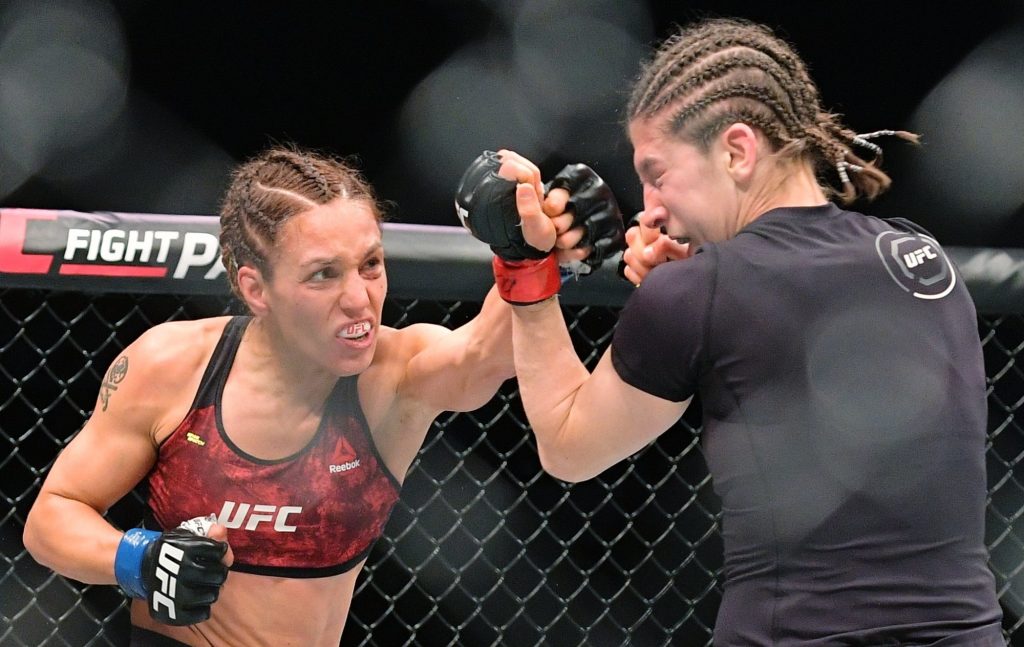Mixed Martial Arts (MMA) is a sport that has seen tremendous growth and evolution over the past few decades, with women playing an increasingly prominent role in its development. The journey of women in MMA has been one of perseverance, overcoming stereotypes, and achieving success on the global stage. This detailed exploration highlights the key milestones, challenges, and successes that have marked the path to recognition for women in MMA.
Early Pioneers and Initial Challenges
The Beginnings
The history of women in MMA dates back to the late 20th century. In the early days, female fighters had limited opportunities to compete, often participating in unsanctioned events with little to no media coverage. The concept of women fighting in a sport as physically demanding as MMA faced considerable societal resistance.
Early Trailblazers
- Debi Purcell: One of the early pioneers, Purcell began competing in the late 1990s and early 2000s. She was instrumental in advocating for women’s participation in MMA.
- Erica Montoya: Montoya competed in some of the earliest sanctioned women’s MMA bouts, showcasing that women could compete at a high level in the sport.
Breakthrough Moments
Gina Carano: The First Superstar
Gina Carano is often credited with bringing significant attention to women’s MMA. Her charisma, striking ability, and success in the cage made her a household name. Carano fought in Strikeforce, one of the major MMA promotions at the time, and her bouts drew considerable attention. Her fight against Cris Cyborg in 2009 was one of the most-watched women’s MMA fights of its time, despite Carano losing.
The Rise of Strikeforce
Strikeforce played a crucial role in promoting women’s MMA by hosting some of the most important fights in the early 2000s. The promotion’s inclusion of women’s bouts helped legitimize female fighters and provide them with a platform to showcase their skills.
UFC and Mainstream Acceptance
Ronda Rousey: The Game Changer
The true turning point for women in MMA came with Ronda Rousey. In 2012, UFC president Dana White, who had previously stated that women would never fight in the UFC, signed Rousey as the first female fighter. Rousey brought a new level of visibility to women’s MMA with her dominant performances and charismatic personality.
- Champion and Superstar: Rousey became the first UFC Women’s Bantamweight Champion and defended her title multiple times, often winning in spectacular fashion with her signature armbar submission.
- Cultural Impact: Rousey’s influence extended beyond the cage. She appeared in movies, TV shows, and was featured on the cover of major magazines, becoming a global sports icon.
Expanding Divisions
Following the success of the women’s bantamweight division, the UFC expanded to include other weight classes, such as strawweight, flyweight, and featherweight. This expansion provided more opportunities for female fighters and contributed to the sport’s growth.
Modern Stars and Global Influence
Amanda Nunes
Amanda Nunes, known as “The Lioness,” has cemented her place as one of the greatest fighters in MMA history. She is the first woman to hold UFC titles in two different weight classes simultaneously (bantamweight and featherweight). Her victories over prominent fighters like Ronda Rousey, Cris Cyborg, and Valentina Shevchenko highlight her dominance and versatility.
Cris Cyborg
Cris Cyborg is another major figure in women’s MMA. Known for her incredible striking power and aggression, Cyborg has held titles in multiple organizations, including Strikeforce, Invicta FC, UFC, and Bellator. Her presence and performances have significantly contributed to the popularity of women’s MMA.
Joanna Jędrzejczyk and Rose Namajunas
Joanna Jędrzejczyk and Rose Namajunas have also made significant impacts in the strawweight division. Jędrzejczyk’s reign as champion showcased her exceptional striking skills, while Namajunas’ victories, including her stunning knockout of Jędrzejczyk, have solidified her status as one of the top fighters in the division.
Global Expansion
ONE Championship
In Asia, ONE Championship has played a vital role in promoting women’s MMA. The organization features numerous female fighters and champions, such as Angela Lee, who have become major stars in the region. ONE Championship’s focus on martial arts values and respect has helped elevate the perception of women in the sport.
Invicta Fighting Championships
Invicta FC, an all-female MMA promotion, has been crucial in developing women’s MMA talent. It serves as a proving ground for fighters looking to compete in larger organizations like the UFC. Many Invicta champions have gone on to achieve significant success on the global stage.
Overcoming Challenges
Stereotypes and Perceptions
Women in MMA have had to overcome significant stereotypes and societal perceptions regarding women in combat sports. Early on, there was resistance to the idea of women participating in such a physically demanding and traditionally male-dominated sport. Over time, the success and professionalism of female fighters have helped to shift these perceptions.
Health and Safety
Ensuring the health and safety of female fighters has been paramount. MMA organizations have implemented strict medical and safety protocols to protect fighters, including weight management guidelines and mandatory medical check-ups.
Future Prospects
Rising Stars
The future of women’s MMA looks promising, with many rising stars set to make their mark. Fighters like Weili Zhang, the first Chinese champion in UFC history, and up-and-coming talents from across the globe are poised to continue the sport’s growth.
Continued Growth and Recognition
As MMA continues to grow in popularity, women fighters will likely receive even more recognition and opportunities. Increased media coverage, sponsorship deals, and larger fight purses are expected as the sport gains mainstream acceptance.
